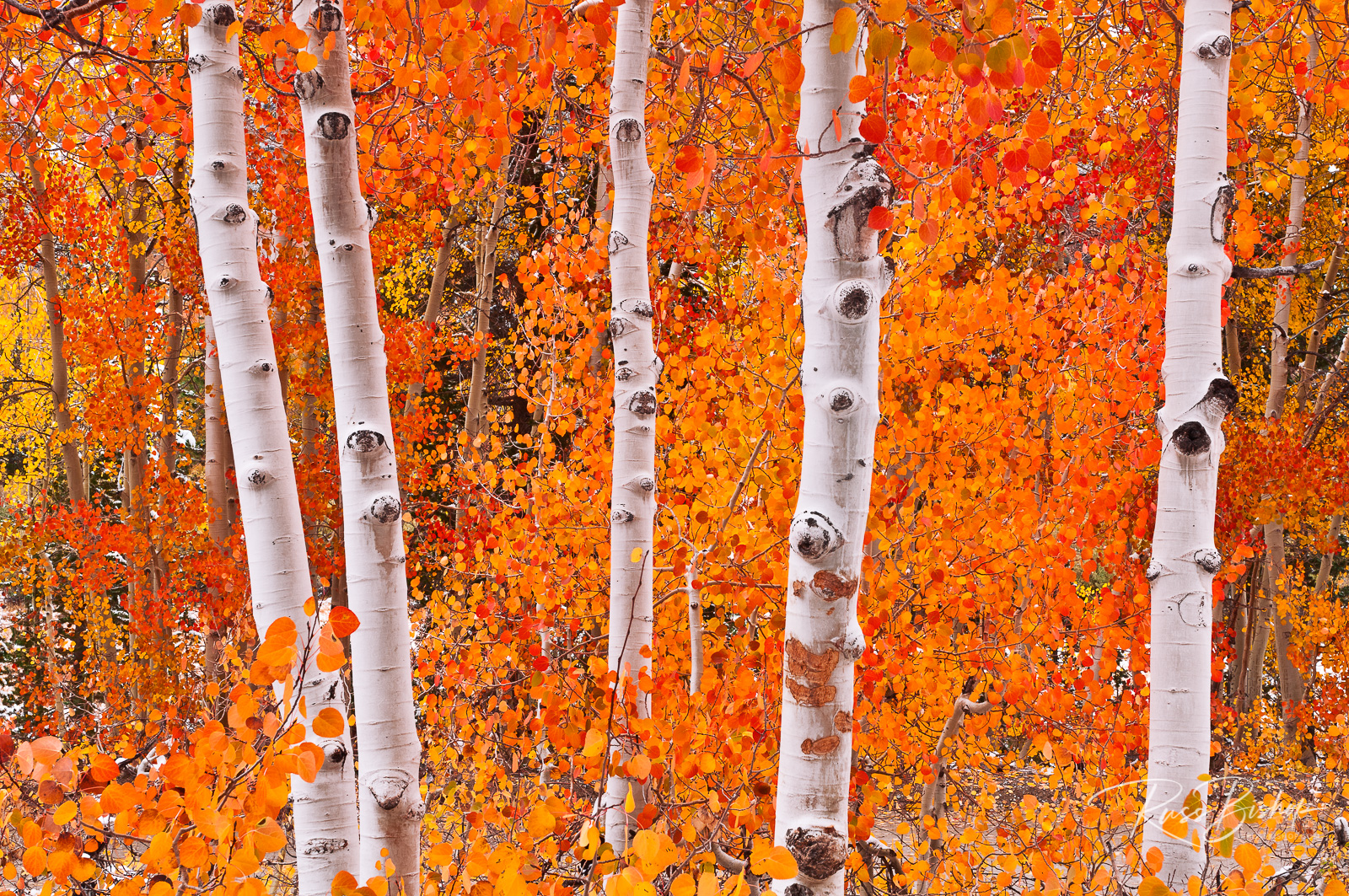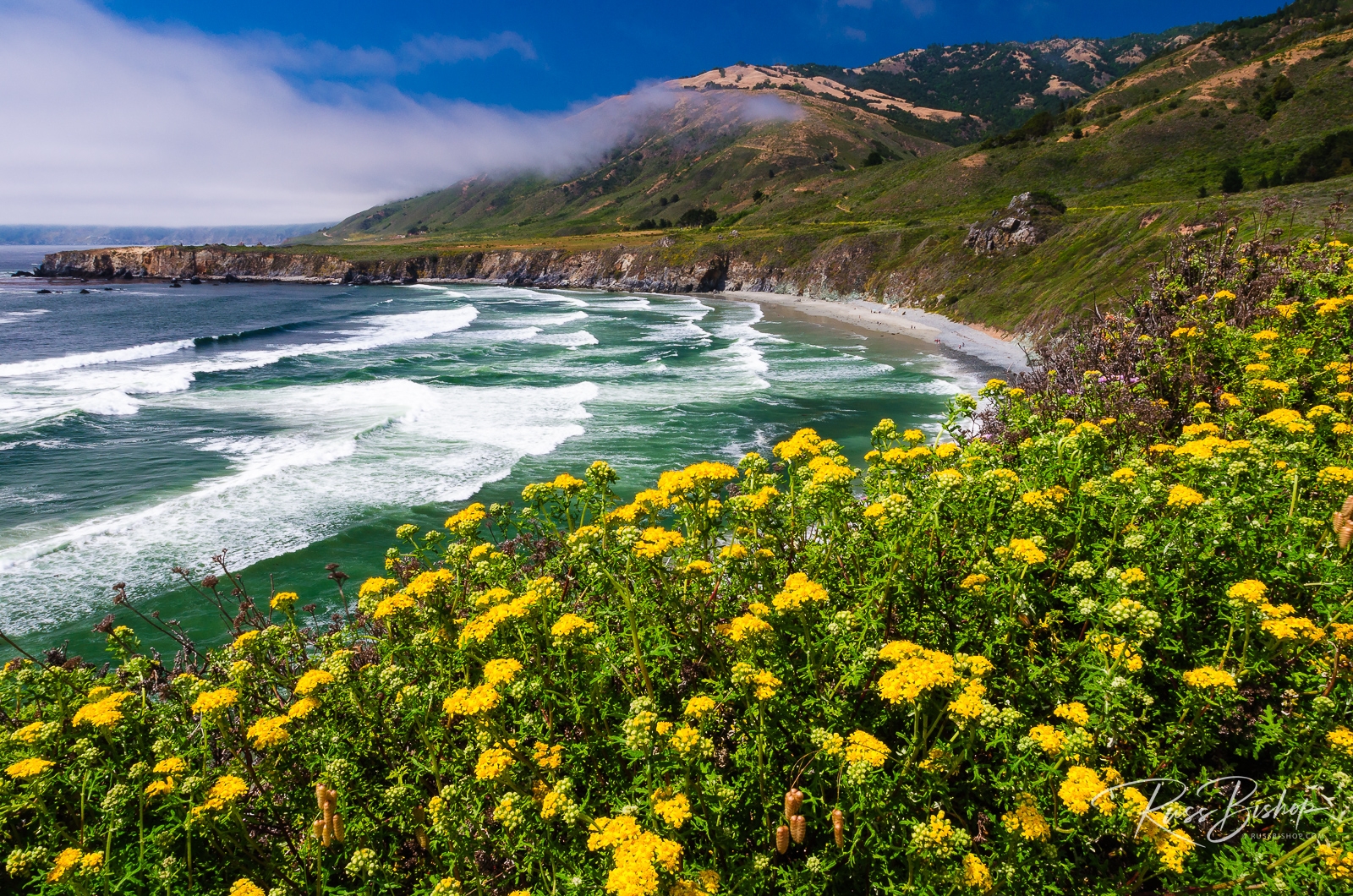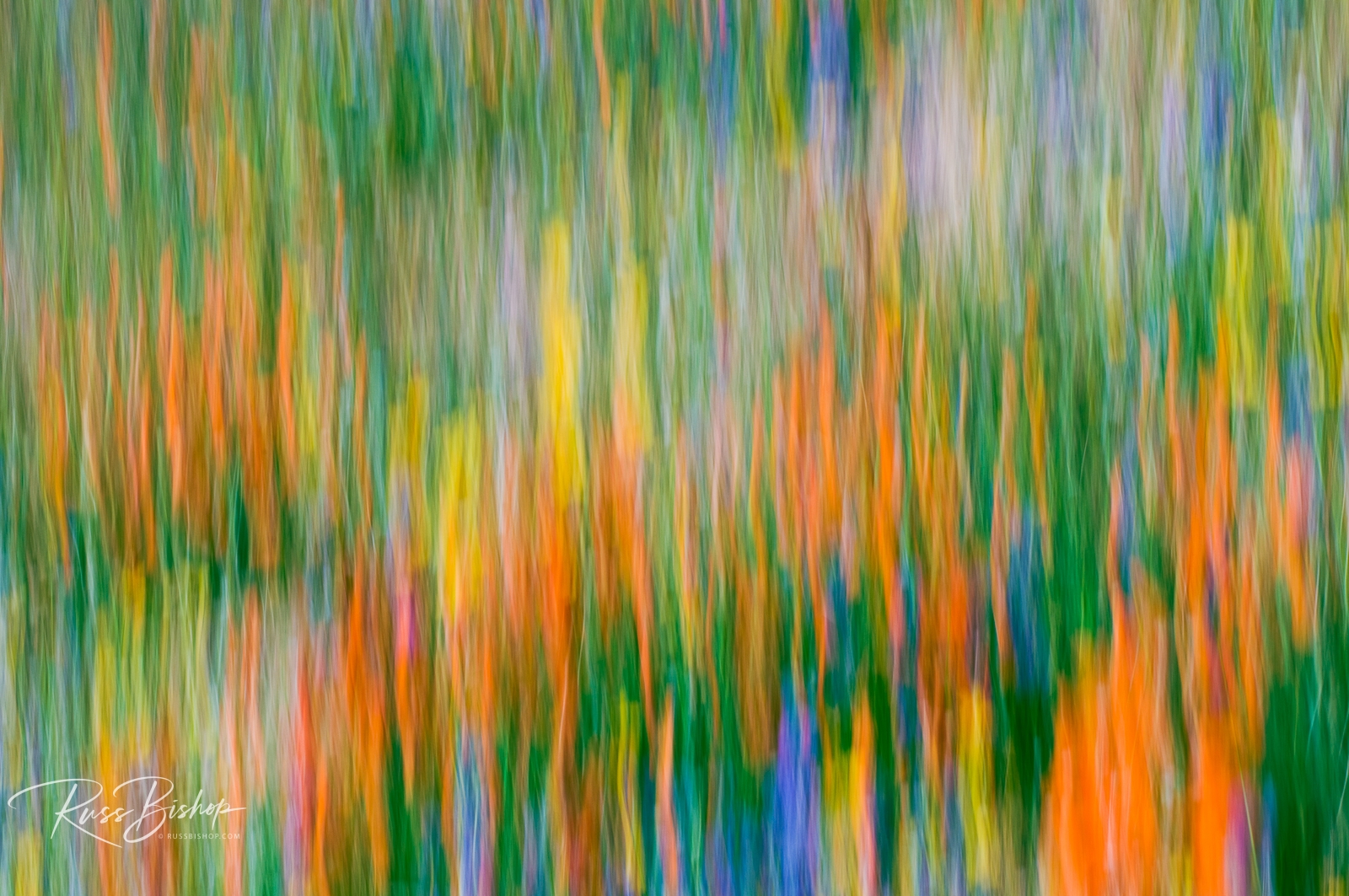
The Art of Seeing. The digital age has opened up a whole new world of creative possibilities for the landscape photographer. From HDR (High Dynamic Range) and stitched panoramas to focus stacking and exposure blending a myriad of options exist. And filters have always been invaluable in controlling and shaping the light just as much in the digital realm as in the days of film.
Yet with all of the tools available it’s easy to lose creative focus in an attempt to include a popular technique or push a filter to its limits. As with the constant temptation to buy the latest camera or software it’s important to remember that the gear or the technique isn’t what makes an image shine, but the vision. That’s the essence of creative photography and yet so often misplaced amid the vast array of today’s technical possibilities.
No matter what the future may bring our most important tool as outdoor photographers will always be our mind’s eye. The equipment in our bag or on our desktop is just a means of helping the viewer connect with what we felt emotionally when we preserved that moment in time.
©Russ Bishop/All Rights Reserved


